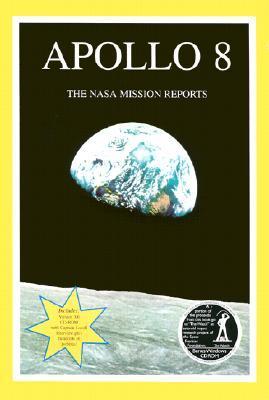

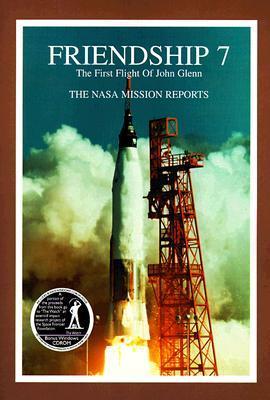
Books in series

Apollo 8
2000

Apollo 9
The NASA Mission Reports
1999

Friendship 7
The NASA Mission Reports: Apogee Books Space Series 3
1999
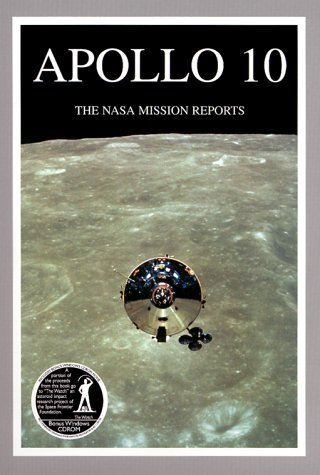
Apollo 10
The NASA Mission Reports
2000
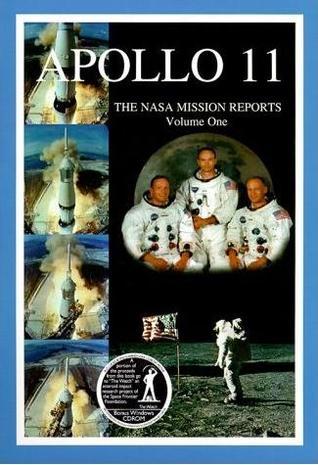
Apollo 11
The NASA Mission Reports, Volume 1
1999

Apollo 11
The NASA Mission Reports, Volume 2
1999

Apollo 12
The NASA Mission Reports, Volume 1
1999
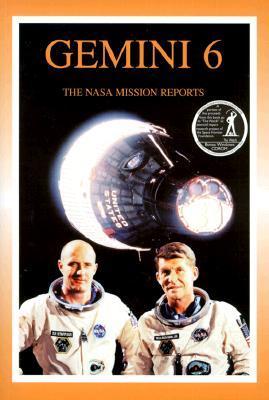
Gemini 6
The NASA Mission Reports: Apogee Books Space Series 8
1999

Apollo 13
The NASA Mission Reports
2000

Mars
The NASA Mission Reports, Volume 1
2000

The High Frontier
Human Colonies in Space
1977

X-15
The NASA Mission Reports: Apogee Books Space Series 13
2001
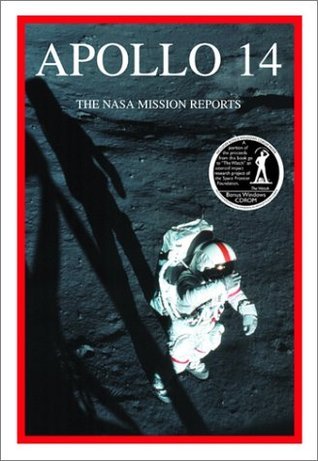
Apollo 14
The NASA Mission Reports
2001

Freedom 7
The NASA Mission Reports
2001
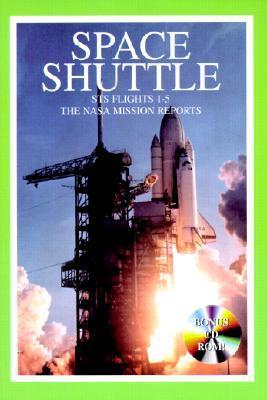
Sts 1-5
The NASA Mission Reports
2001
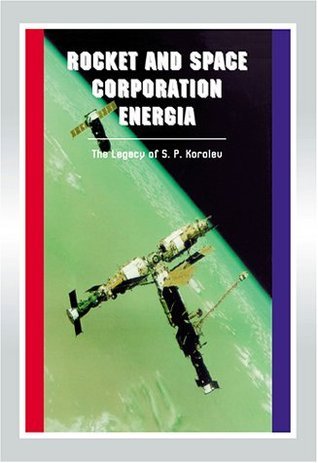
Rocket And Space Corporation Energia
Apogee Books Space Series 17
2001
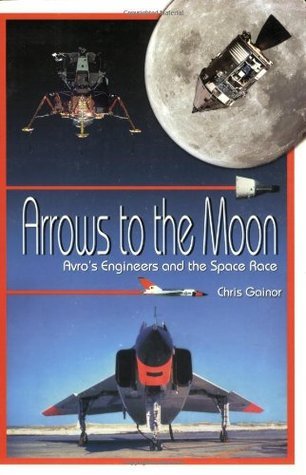
Arrows to the Moon
Avro's Engineers and the Space Race
2001

The Unbroken Chain
2001
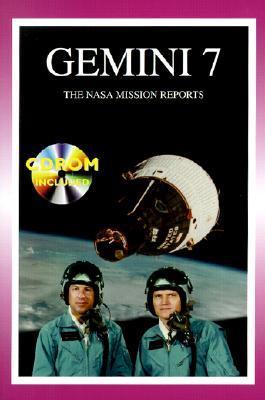
Gemini 7
The NASA Mission Reports: Apogee Books Space Series 21
2002

Apollo 16
The NASA Mission Reports, Volume 1
2002
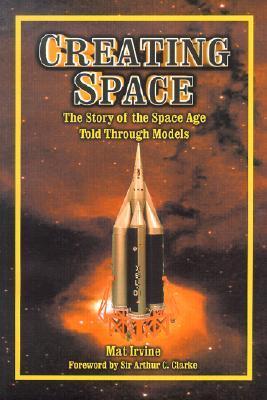
Creating Space
The Story of the Space Age Through Models: Apogee Books Space Series 24
2002

Women Astronauts
Apogee Books Space Series 25
2002
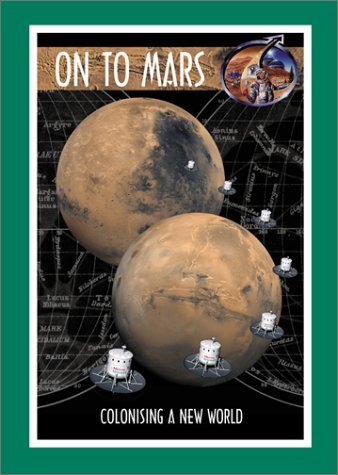
On to Mars
Colonizing a New World
2002
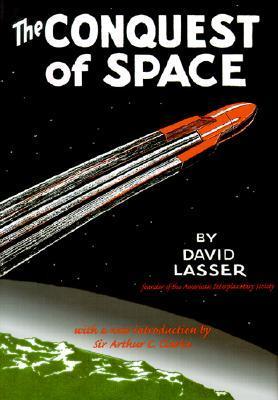
The Conquest of Space
2002

Lost Spacecraft
The Search for Liberty Bell 7: Apogee Books Space Series 28
2002
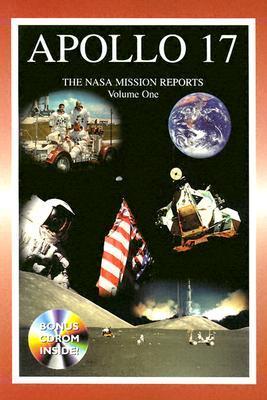
Apollo 17
The NASA Mission Reports, Volume 1
2002
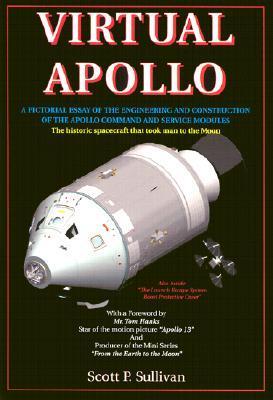
Virtual Apollo
A Pictorial Essay of the Engineering and Construction of the Apollo Command and Service Modules
2003
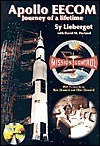
Apollo EECOM
Journey of a Lifetime
2003
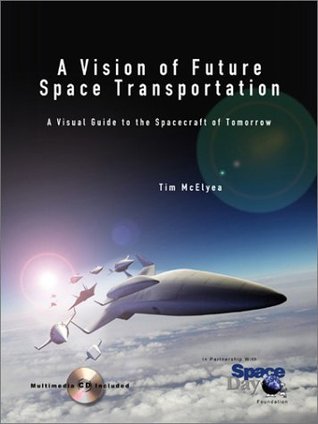
A Vision of Future Space Transportation
A Visual Guide to the Spacecraft of Tomorrow
2003
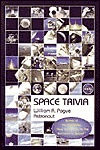
Space Trivia
Apogee Books Space Series 33
2003

Interstellar Travel & Multi-Generational Space Ships
Apogee Books Space Series 34
2003

Dyna-Soar
Hypersonic Strategic Weapons System
2003
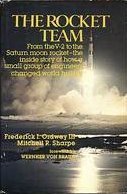
The Rocket Team
1979

Women of Space
Cool Careers on the Final Frontier: Apogee Books Space Series 38
2003

Columbia Accident Investigation Report
Apogee Books Space Series 39
2003
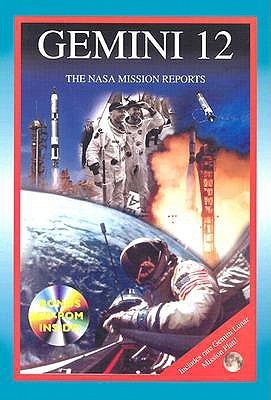
Gemini 12
The NASA Mission Reports: Apogee Books Space Series 40
2004
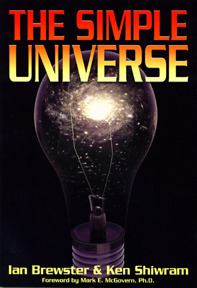
The Simple Universe
Apogee Books Space Series 41
2004

New Moon Rising
The Making of America's New Space Vision and the Remaking of NASA: Apogee Books Space Series 42
2004
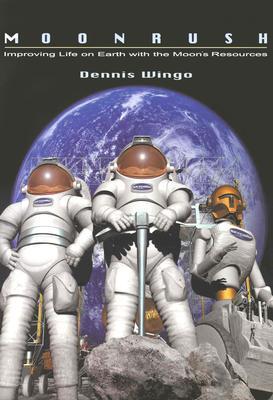
Moonrush
Improving Life on Earth with the Moon's Resources
2004
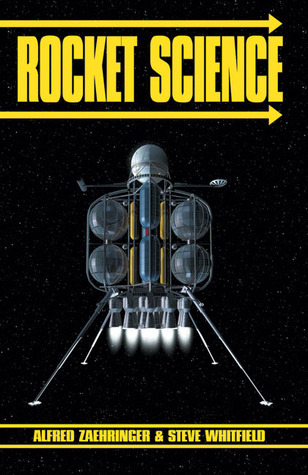
Rocket Science
2004

How NASA Learned to Fly in Space
2004
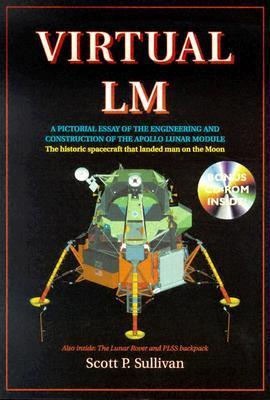
Virtual LM
A Pictorial Essay of the Engineering and Construction of the Apollo Lunar Module: Apogee Books Space Series 47
2004
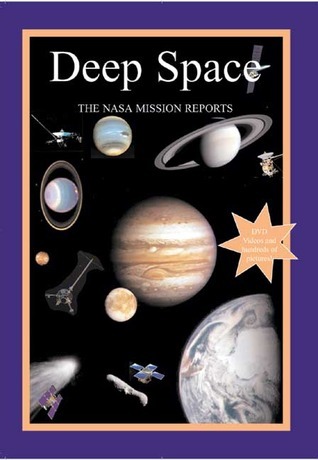
Deep Space
The NASA Mission Reports: Apogee Books Space Series 48
2005
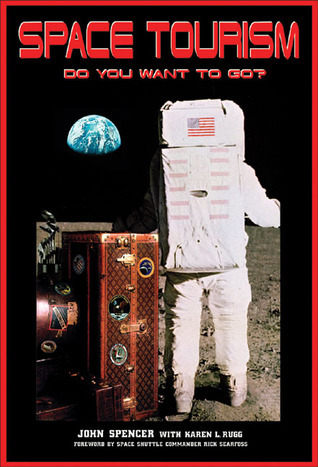
Space Tourism
Do You Want to Go?: Apogee Books Space Series 49
2004

Atlas
The Ultimate Weapon by Those Who Built It
2005
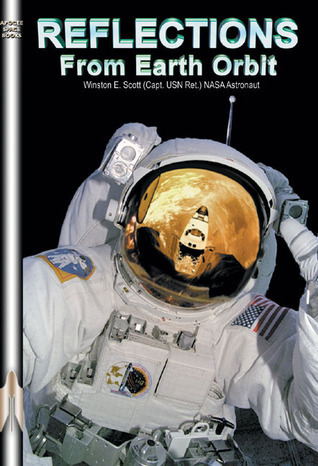
Reflections from Earth Orbit
2005
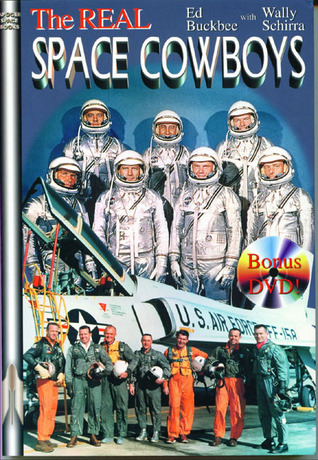
The Real Space Cowboys, with Bonus DVD Video Disc
2005

Saturn
2005
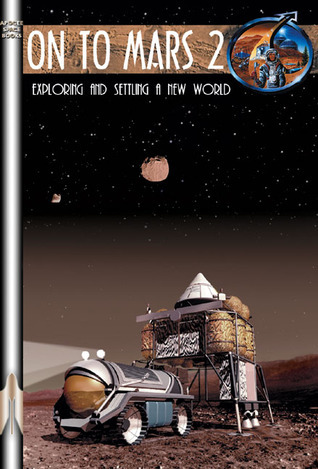
On to Mars 2
Exploring and Settling a New World
2005
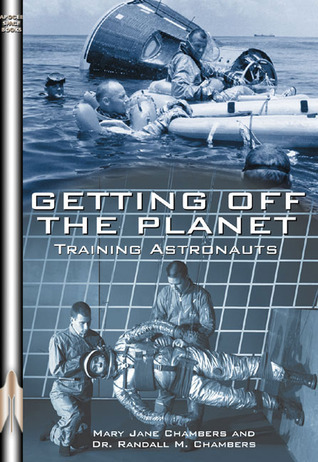
Getting Off the Planet
Training Astronauts
2006
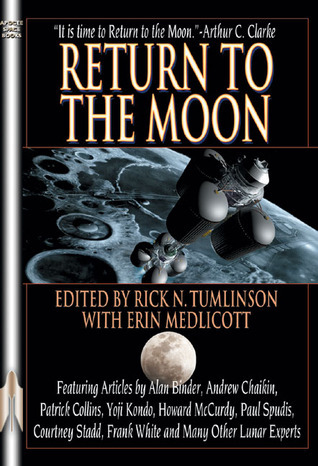
Return to the Moon
2005
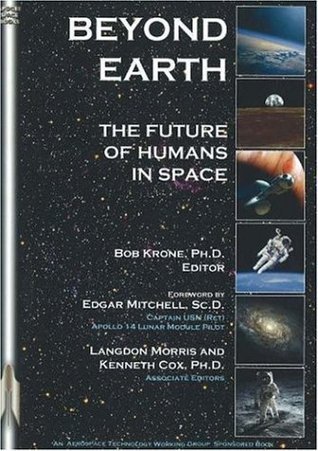
Beyond Earth
The Future of Humans in Space
2006
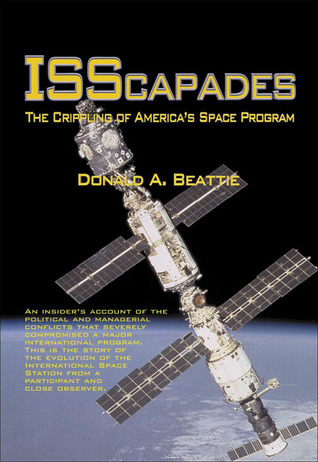
ISScapades
The Crippling of America's Space Program: Apogee Books Space Series #59
2007
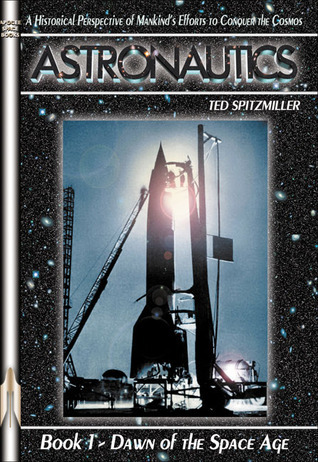
Astronautics
Book 1: Dawn of the Space Age
2007
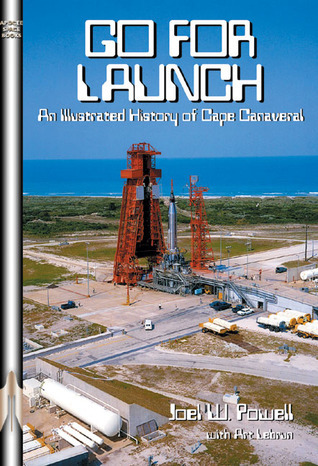
Go For Launch!
An Illustrated History of Cape Canaveral
2006

Reference Guide to the International Space Station
2006
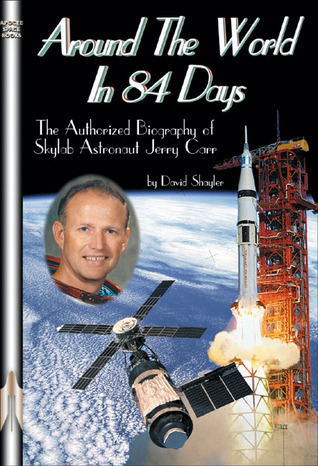
Around the World in 84 Days
The Authorized Biography of Skylab Astronaut Jerry Carr
2007
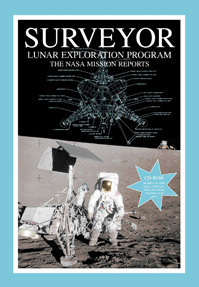
Surveyor
Lunar Exploration Program: The NASA Mission Reports
2006
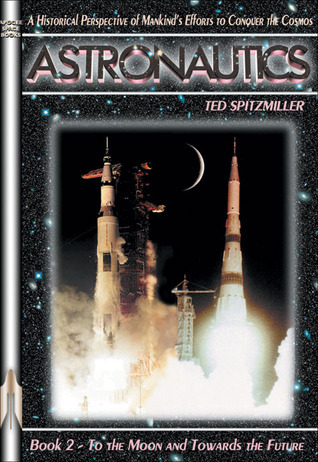
Astronautics
Book 2: To the Moon and Towards the Future
2007

To the End of the Solar System
The Story of the Nuclear Rocket
2003
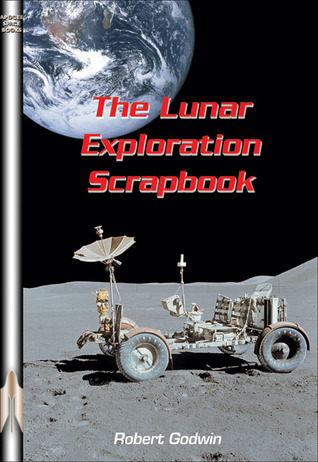
The Lunar Exploration Scrapbook
A Pictorial History of Lunar Vehicles
2007
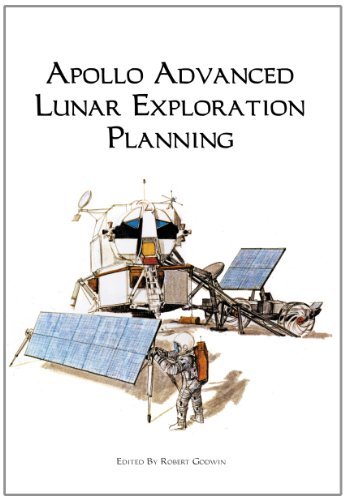
Apollo Advanced Lunar Exploration Planning
2007

Canada's Fifty Years in Space
The COSPAR Anniversary
2008
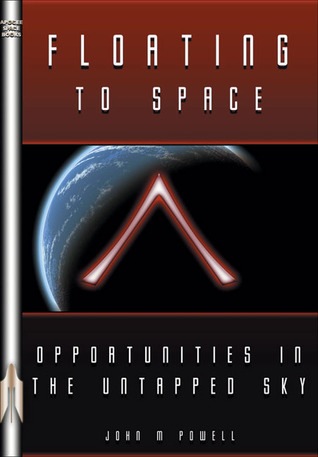
Floating to Space
The Airship to Orbit Program
2008
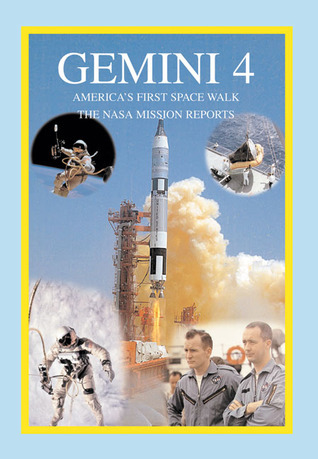
Gemini 4
America's First Space Walk: The NASA Mission Reports
2011

Cold War Tech War
The Politics of America's Air Defense
2008

Krafft Ehricke's Extraterrestrial Imperative
2009

License to Orbit
The Future of Commercial Space Travel
2009

The Nuclear Rocket
Making Our Planet Green, Peaceful and Prosperous
2009
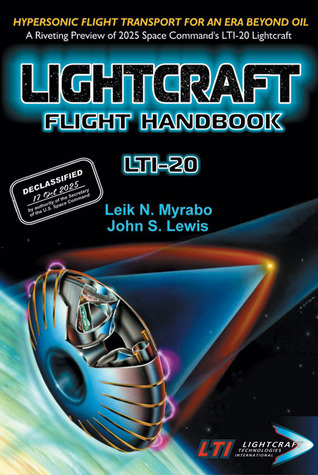
Lightcraft Flight Handbook LTI-20
Hypersonic Flight Transport for an Era Beyond Oil
2009

Energy Crisis
Solution from Space
2009
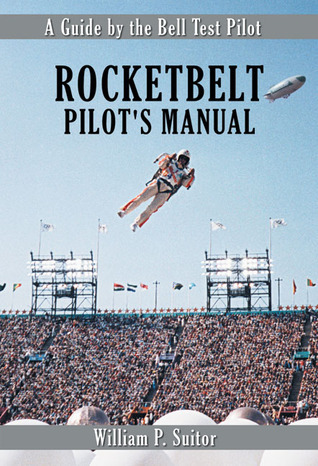
Rocketbelt Pilot s Manual
A Guide by the Bell Test Pilot
2009

Selling Peace
Inside the Soviet Conspiracy that Transformed the U.S. Space Program
2010

The Farthest Shore
A 21st Century Guide to Space
2010
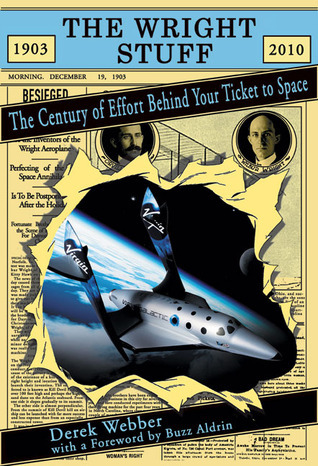
The Wright Stuff
The Century of Effort Behind Your Ticket to Space
2010
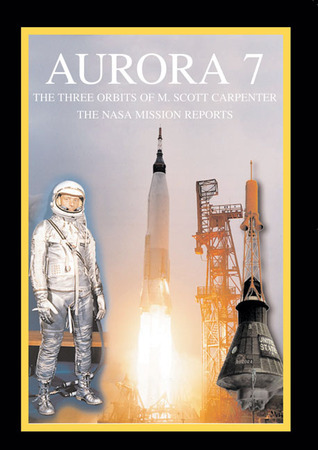
Aurora 7
The Three Orbits of M. Scott Carpenter: The NASA Mission Reports
2011

The Saucer Fleet
2008
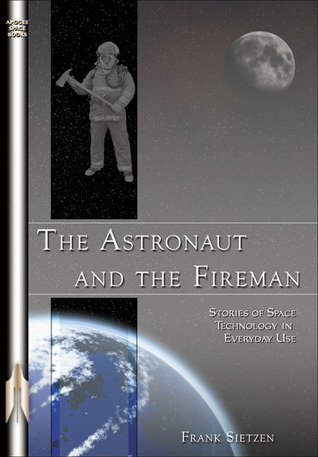
The Astronaut and the Fireman
Stories of Space Technology in Everyday Use
2008
Authors

Also wrote as Eric Kotani. Yoji Kondo (近藤 陽次, Kondō Yōji) was a Japanese-born American astrophysicist who also wrote science fiction under the pseudonym Eric Kotani. He edited Requiem: New Collected Works by Robert A. Heinlein and Tributes to the Grand Master (1992), and contributed to New Destinies, Vol. VI/Winter 1988—Robert A. Heinlein Memorial Issue (1988), after his friend, writer Robert A. Heinlein, died in 1988. Kondo also edited the non-fiction book Interstellar Travel & Multi-Generational Space Ships, part of the Apogee Books Space Series. Kondo was also an accomplished teacher of Shodokan Aikido and judo. Kondo held a Ph.D. in astrophysics from the University of Pennsylvania, headed the astrophysics laboratory at the Johnson Space Center (formerly, Manned Spacecraft Center) during the Apollo and Skylab Missions, and was the NASA director of a geosynchronous satellite observatory for 15 years, among other roles. He also served as President of the International Astronomical Union's (IAU's) Commission on "Astronomy from Space", as well as President of IAU Commission on "Close Binary Stars" and the IAU Division on "Variable Stars".
Captain Winston Scott is a former astronaut. His journey to the stars as a NASA astronaut is a testament to the power of perseverance and vision. Raised in Miami, Scott's largely segregated education provided little access to resources, but his own determination combined with the dedication of his teachers set him on an inspiring path of achievement. Winston E. Scott was selected by NASA and reported to the Johnson Space Center in August 1992. He served as a mission specialist on STS-72 in 1996 and STS-87 in 1997, and has logged a total of 24 days, 14 hours and 34 minutes in space, including 3 spacewalks totaling 19 hours and 26 minutes. Before joining NASA, Scott earned a distinguished record of service as a naval aviator. He served as a fighter pilot, helicopter pilot, production test pilot, and research and development project pilot. He has accumulated more then 5,000 hours of flight time in more than 20 different aircrafts. Winston Scott retired from NASA and the U.S. Navy at the end of July 1999. He is currently Vice President and Deputy General Manager of the Engineering and Science Contract Group (ESCG) for Jacobs Engineering. Scott has served as a university vice president, engineering college dean and professor and as the Executive Director of the Florida Space Authority. "

Librarian note: There is more than one author in the GoodReads database with this name. This profile may contain books from multiple authors of this name For other authors of this name, see: John Spencer - Fiction, History, Historical Fiction John Spencer - Christian, Children's, Humor and Comedy John Spencer
